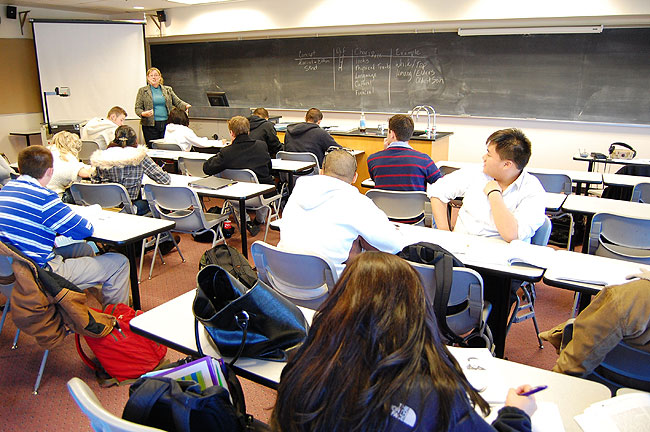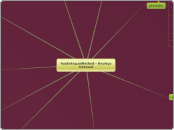AudiolingualMethod - Hyuleya Mehmed
Types of activities
Repetition
Replacement
Restatement
Completion
Transformation
Rejoinder
procedure
Students first hear a model dialogue
SS repeat each line of the dialogue, individually and in chorus
The teacher pays attention to pronunciation, intonation and fluency
The dialogue is memorized gradually, line by line
The dialogue is read aloud, one half saying one speakers part and the other half responding
The students do not consult their books
The dialogue is adapted to the students' interest or situation, through changing certain key words or prases
8 Certain key structures from the dialogue are selected and used as basis for pattern drills of different kinds
9 The students may refer to their textbook
10 Follow up activities
Critisism
Positive
improves speaking skills and pronunciation
meaning is learned in cultural context
Negative
ss speak with machines
not natural
memorizing
repeating is boring
not meaningful learning
ss don't have control
there is no production
For more information
Principals
speech is more important than the written form
the purpose is communication
using drills
language learning is a habit formation
language is given within a context
classroom materials

microfon

tape recorder
skills
listening
speaking
reading
writing

students' roles
little control over the content, pace and style of learning
not encouraged to initiate interaction
repeating what teacher says

Teacher's roles
active, the center
controls the direction and pace of learning
monitors and corrects the learners performans
model
